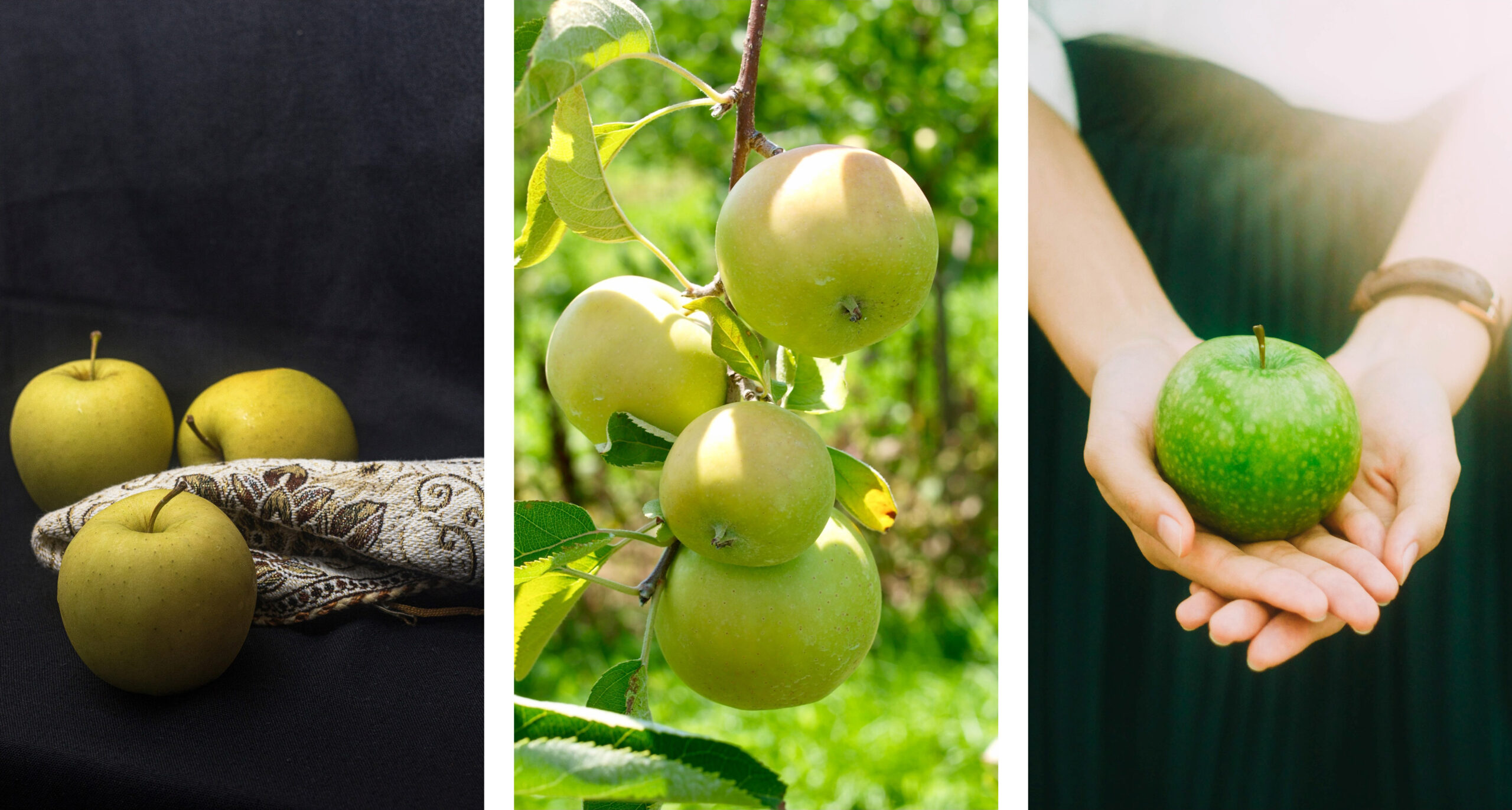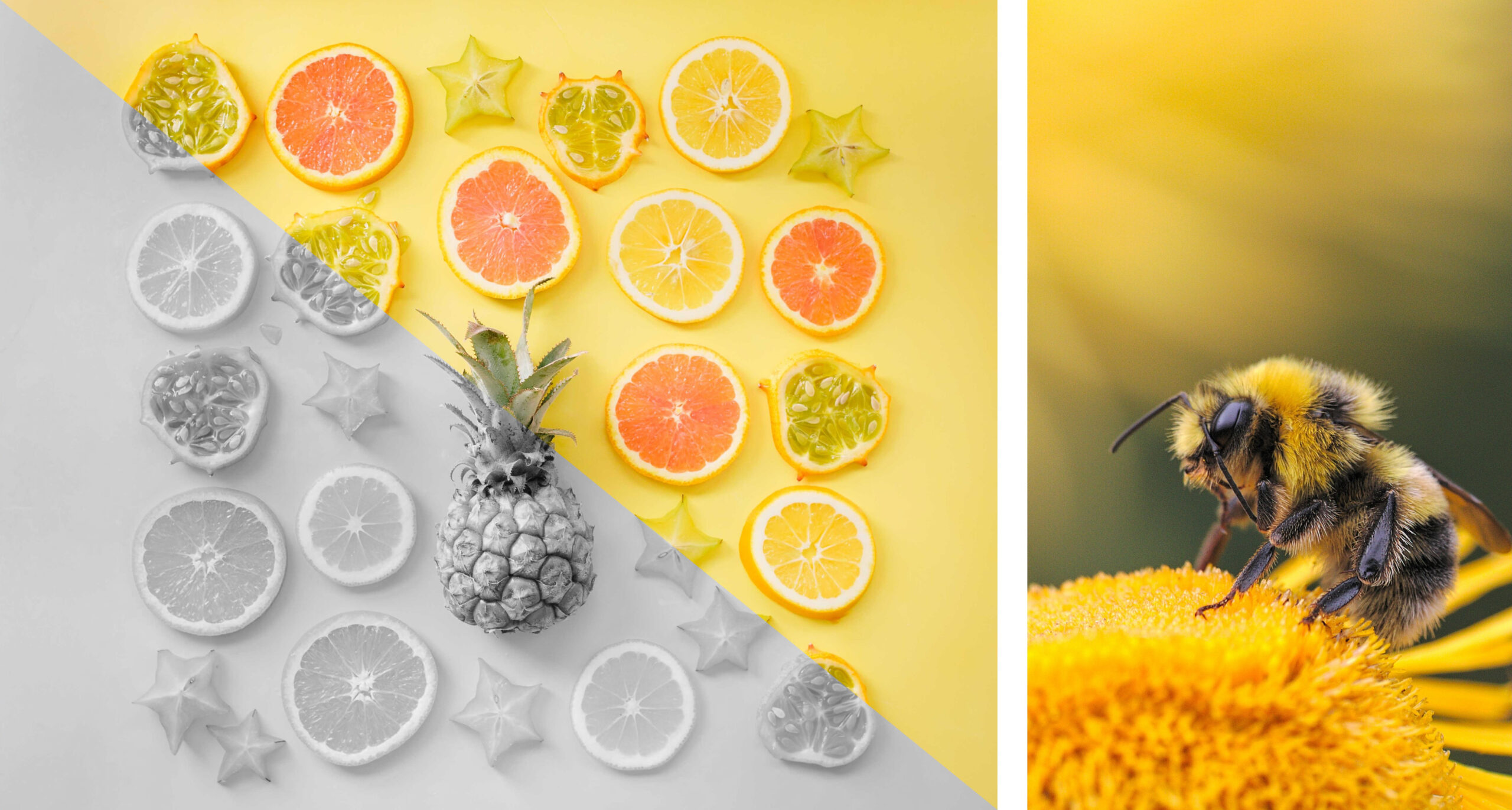Back to Course
15. NCS Basics I
0% Complete
0/0 Steps
How would you communicate your favorite color to your client or a friend? There is a complexity of communicating colors, and this is what we are introducing now and have a solution for in the next part.

Why we need a color language
Already from an early age we learn to describe color in the terms of green, red, blue or yellow. In fact, in everyday life this level of detail when referring to a color is often enough. However, when faced by a situation that require greater accuracy in what specific shade of green you are trying to describe, most people find that the everyday vocabulary for describing colors is not enough.
What is sky blue to you?
It’s hard to communicate colors without a language. Sky blue can have many different nuances, just like in these images. Your color name (sky blue) might be clear to you, but someone else may understand it as something completely different.

How to get around the complexity?
Even a simple task like identifying apple green can be hard, despite relatively minor color differences. The slightest color difference can be huge if you’re not careful. And wouldn’t it be nice to understand which apple green your client is talking about when they are choosing color for their interior or exterior color design. The solution is to describe the color, exactly as it is.

But how important is color really?
Most people don’t realise just how important it is, and how important the right color is. Small color differences can make a huge difference for the overall impact. If you always buy a Coca-Cola, and suddenly, that red color is more orange, you might question its authenticity. The correct red color is important to uphold trust between Coca-Cola and the customer in this case.
Can you identify these fruits?
What would it be like to experience the world in black and white? You would be able to identify objects, but that would not be enough to identify qualities in objects where color could make all the difference.
Just take a look at this picture below, how do you know which one is an orange, grapefruit or lemon?
Mistakenly eating a lemon instead of an orange may seem like a very simple example. But in other cases, it could be a matter of life and death. And our color vision enables us to make everyday decisions on how to survive.
Nature uses color to communicate signals and messages to each other and to animals, whether it is to warn or to attract. We see and understand these colors and use them to send similar signals to other people. In any design, it is important to understand the natural meaning of colors and color combinations.
Just take a look at this picture below, how do you know which one is an orange, grapefruit or lemon?
Mistakenly eating a lemon instead of an orange may seem like a very simple example. But in other cases, it could be a matter of life and death. And our color vision enables us to make everyday decisions on how to survive.
Nature uses color to communicate signals and messages to each other and to animals, whether it is to warn or to attract. We see and understand these colors and use them to send similar signals to other people. In any design, it is important to understand the natural meaning of colors and color combinations.

